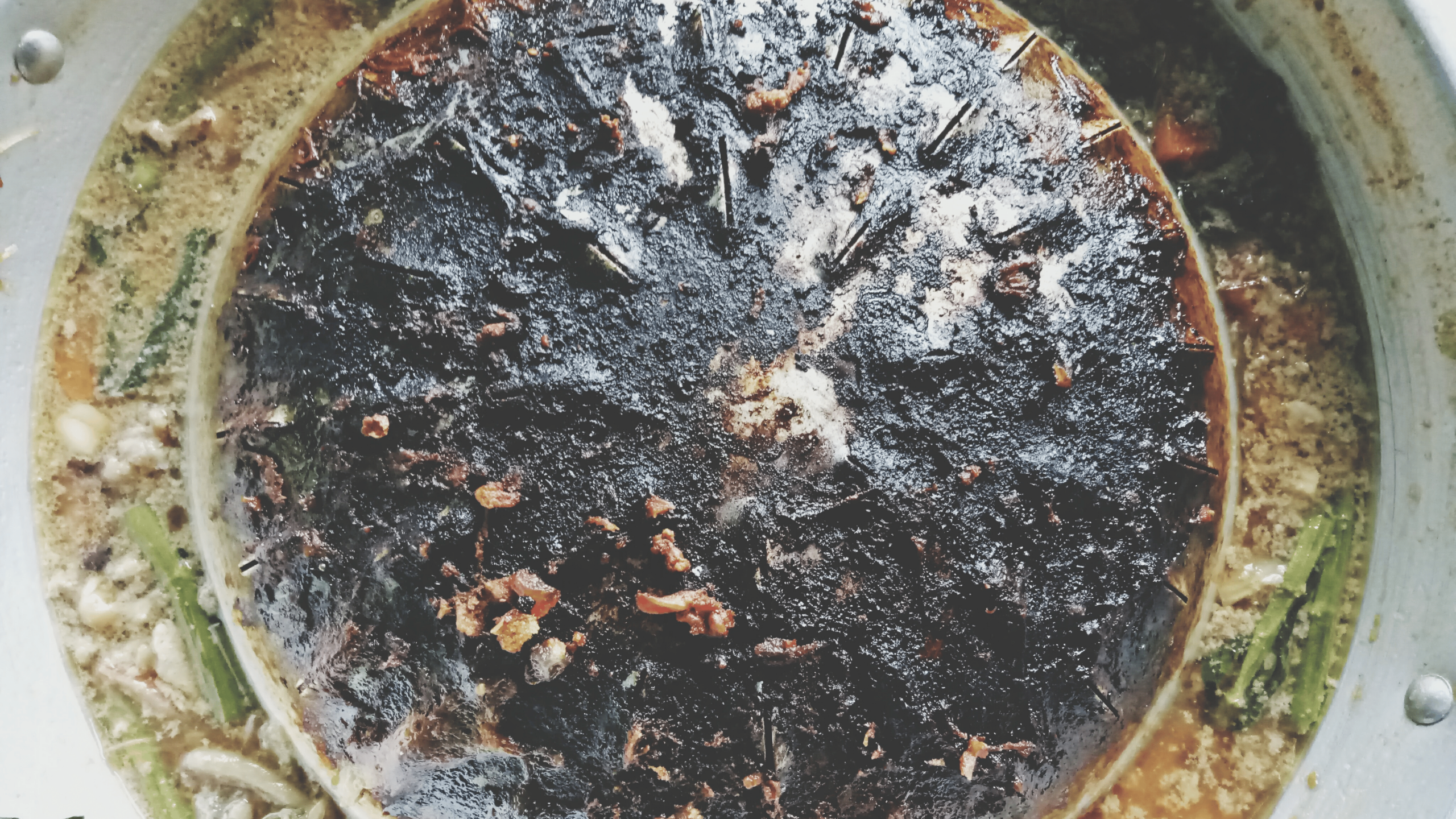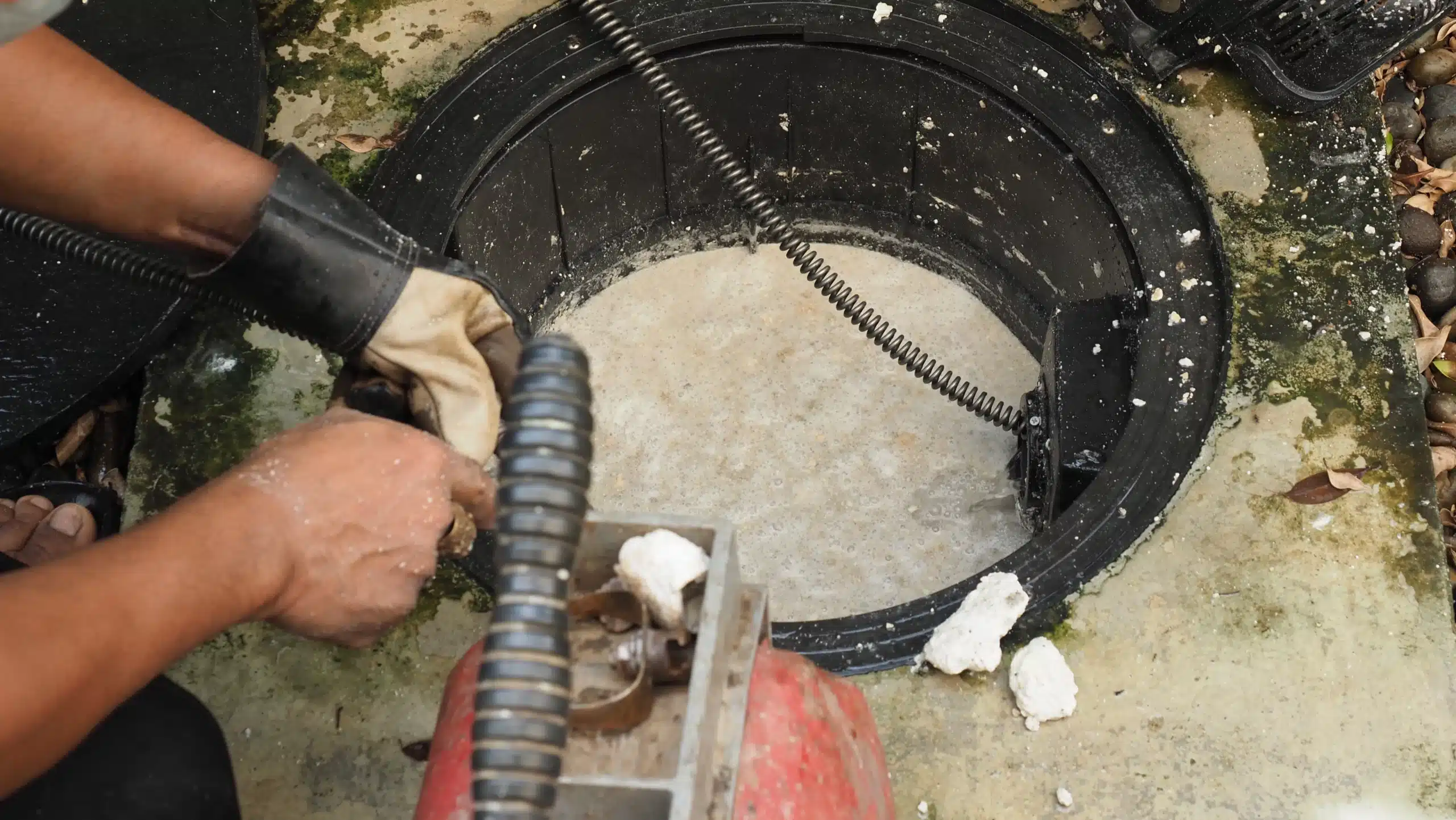The main work of the grease trap is to trap fats, oils and greases while letting the dirty water from the kitchen sinks pass out. Since it captures and holds the sludge, it gets filled up with time. This is why grease trap cleaning is vital since it keeps this important component in good working condition.
It is always a good idea to hire a commercial grease trap cleaning service. However, it is an even better idea to learn how to clean the grease trap on your own. That way, you are going to save your business a good amount of money.
It is not too hard. If you can put some time aside, you will do a good job of this. You can also train one of your staff members to clean the grease trap.
Please note that this is a hard, greasy and dirty job. You have to prepare amply for the job. If you are not careful enough, you might damage some delicate parts of the grease trap such as the rubber gaskets under the cover.
Keep reading to see the 5 tips to make the job easier and faster.
5 Things to Make Clean Your Grease Trap Faster
DIY cleaning of the grease trap is hard, but not impossible. If you follow the steps we will outline below, you can do it.
1. Start by getting the right information
This is the age of the internet, so everything about everything is pretty much around you. You can watch videos about how to clean your grease trap. You can read resources such as this one.
Some of the things that you need to know is where the grease trap is located. In commercial kitchens, it is located outside or in the basement, if the building has one.
You will know the grease trap by following the direction of the kitchen drain pipes. The trap looks just like a manhole or septic cover.
Once you have located where the trap is, you can then find out what the regulations say about cleaning your grease trap. There are EPA regulations and you might even have to keep records of your cleaning jobs.
You must also know that the authorities require a commercial kitchen to have its grease trap cleaned once every 90 days.
It is best to make a habit of checking the status of the grease trap every now and then. That way, if it needs cleaning sooner, you can do it.
You can also find out a few ways to prevent the grease trap from filling over too soon so that you do not clean it very often. Let your kitchen staff know that they cannot discard solid food materials and used cooking oil in the sink.
2. Get all the required cleaning items
Whenever you are about to engage in any cleaning exercise, it is important to gather all the items that you will need.
For cleaning the grease trap, you will need the following items:
* Measuring gauge/stick
* A pry bar
* Water
* Detergent/liquid soap
* A pump out report for FOG (fats, oils and grease)
* A steel scrubber
* A bucket
When you have everything ready, you are ready to start cleaning. The last thing that you want is to have to drop the task to go look for a steel scrubber or some other item in your store.
Also, get a pair of gloves to protect the hands from the spillage. If the grease trap is located indoors, you might want to include old polythene papers or newspapers to hold any spillage.
You are now ready to proceed to the next step.
3. Create a clear guide for cleaning the grease trap
Of course, you will not be doing the cleaning yourself. You will dedicate this job to some of your employees.
Do not assume that giving them oral instructions is enough. Go ahead and create a clear, step-by-step guide for cleaning the grease trap. You can get such directions from WikiHow or some other site.
Do not leave anything out. For instance, even opening the lid of the grease trap itself can be hard, and it requires the use of a prying bar. You need to know that your employees can use such tools.
Print out the trap cleaning instructions, laminate and then hang them at a visible place. Also, you need to keep a proper schedule of when the cleaning takes place so that you do not miss even one session.
4. Keep the grease trap cleaning log ready and close
The local health inspector requires all food establishments that generate used cooking oil to keep a log of their schedule for cleaning their grease trap. Thus, keep the log close and enter the required details.
These details include the name of the person who cleaned the grease trap. It also includes the last time it was cleaned. These details show the health inspector your cleaning schedule. They can also guide the next person on the date that they need to clean the grease trap.
It is a legal requirement to have a grease trap in a restaurant. It is also a requirement to keep a log of your cleaning schedules. The health inspector wants to see whether your cleaning schedule is as required.
5. Make it clear how you dispose the grease
You have the cleaning items ready; you have the cleaning schedule and instructions ready. Now, you need to show your employees where they should dump the old oil.
Luckily, today, you just have to call a used cooking oil recycling company to buy the old oil and recycle it. In most cases, they even collect it from your premises and they pay you a fee.
Conclusion
If you need to hire a grease trap cleaning service, go ahead and do it. However, if you would rather embark on DIY cleaning and save your money, just follow the five tips that we have outlined here.
Finally, if you decide that you won’t hire a commercial cleaning service, you need to designate the cleaning duty to one or two employees.
This is nasty task so if you leave it to them to decide, it might not get done. Assign one person this duty so that you have someone to hold accountable regarding the status of the grease trap.


